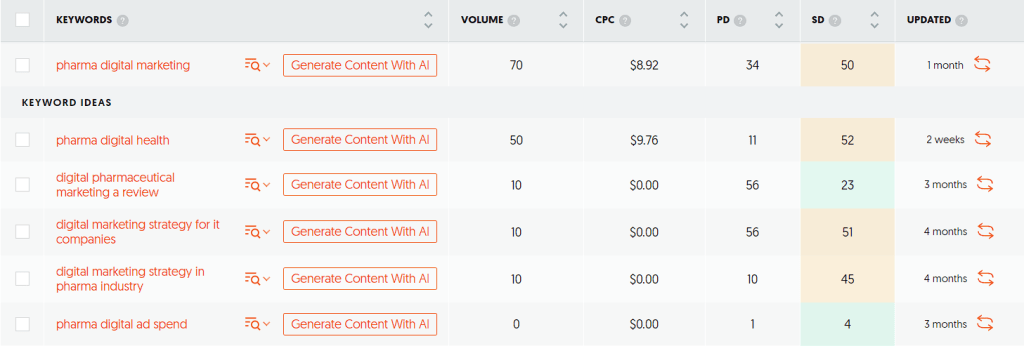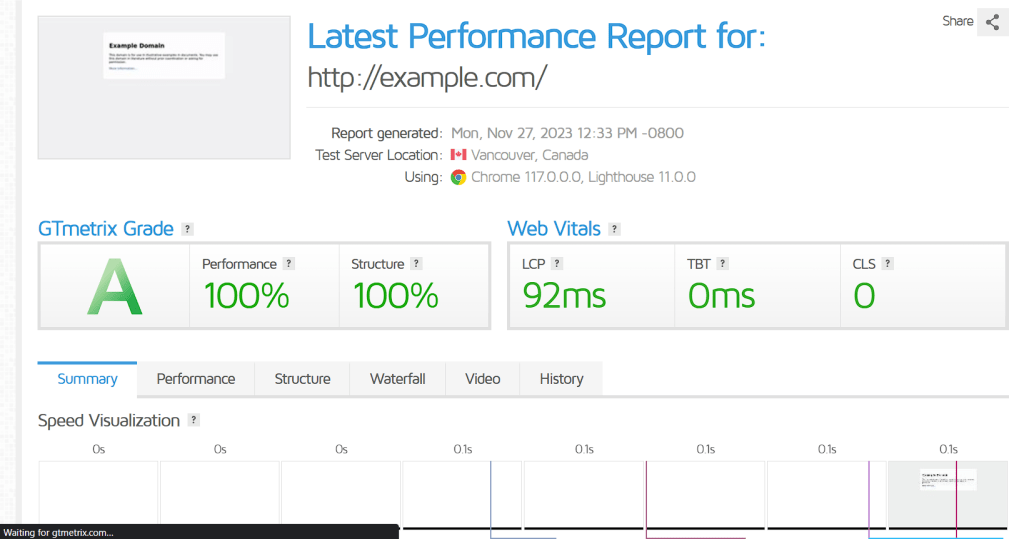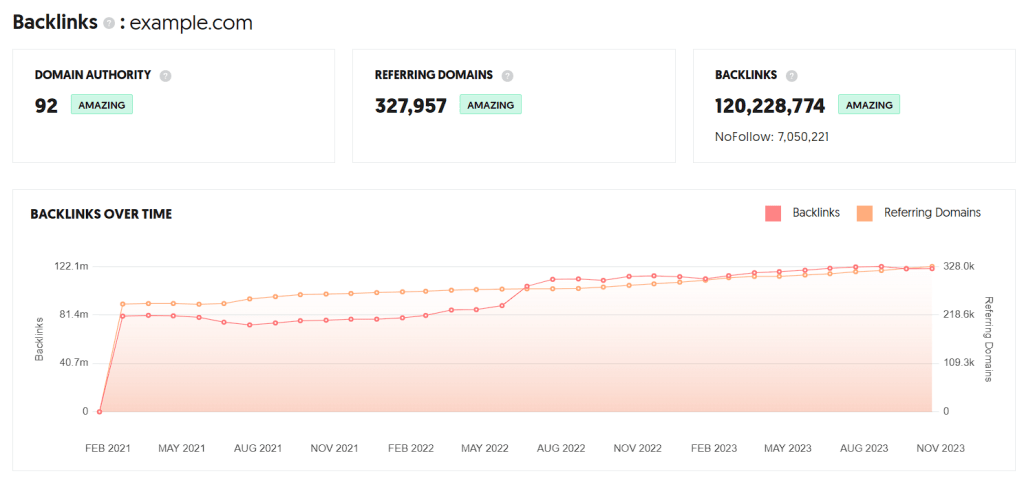In the digital age, having an online presence is crucial for businesses in every industry, including the pharmaceutical industry. For pharmaceutical companies, effective search engine optimization (SEO) can help enhance brand visibility, establish credibility, promote products, and ultimately drive higher revenue. By implementing the right SEO techniques, pharmaceutical websites can reach their target audience of potential customers when they are actively searching for medications and healthcare solutions in the digital world.
What is pharma SEO and how does it differ from regular SEO?
Pharma SEO is a specialized form of SEO that focuses on optimizing pharmaceutical websites for search engines. It differs from regular SEO in that it requires a deep understanding of pharmaceutical industry regulations and specific keywords related to pharmaceutical products and services.
TL;DR:
- Conduct keyword research with tools to identify relevant search terms
- Optimize on-page content with targeted keywords
- Create engaging, credible content for users
- Implement technical optimizations for site speed and security
- Build backlinks from authoritative industry websites
- Analyze competitors’ backlinks for new link building opportunities
- Stay updated on latest Pharmaceutical SEO best practices and Google algorithm changes
This article delves into key strategies and best practices that companies can employ to enhance their SEO for Pharmaceutical Websites and attain top rankings on prominent search engines like Google.
Tip 1: Perform Comprehensive Keyword Research
Thorough keyword research is an essential step in developing a successful SEO strategy for pharmaceutical companies. It serves as the foundation for identifying the main keywords and search queries that different audience segments use to find medications, ingredients, dosage information, side effects, and other pharma website content.
To conduct effective keyword research, there are several best practices that can be followed. One such practice is utilizing tools like Ubersuggest to discover low or high-search-volume keywords related to drugs, therapies, diseases, and pharmaceutical companies like Pfizer dependent on the websites currently authority. By analyzing search trends, you can gain valuable insights into the keywords that are most relevant to their target audience.

In addition to general keywords, it is also important to identify location-based keywords for the countries and cities that the company caters to. This includes incorporating local intents such as “CDMO companies near me” to ensure that the website appears in relevant local search results.
Furthermore, targeting long-tail multi-word keyword phrases can help drive more qualified traffic to the pharmaceutical website. For example, using a keyword phrase like “statistics on rare disease drug development costs” can attract individuals who are specifically looking for statistics on rare disease drug development costs.
To effectively manage the identified keywords, it is recommended to categorize them into groups. This can include grouping keywords into categories such as informational vs navigational etc (see below image). By organizing the keywords in this manner, companies can better allocate their resources and prioritize their efforts based on their business goals, ensuring each of the pages on their site are optimized for one of their target keywords.

It is also important to set a target mix for each keyword group, taking into consideration the specific business objectives. For instance, brand keywords (company name) can be utilized to strengthen branding goals and increase brand visibility in search results.
Lastly, regularly refining and updating keywords is crucial to ensure that the website continues to target searches that convert visitors into customers. By staying up-to-date with the latest trends and changes in search behavior, pharmaceutical companies can maintain a competitive edge and maximize their online visibility.
Tip 2: Optimize On-page Content with Relevant Keywords
Once the primary keywords are determined, they must be strategically incorporated throughout the website’s on-page content. This is crucial for improving the website’s visibility and search engine rankings. The on-page optimization process involves various elements such as title tags, page headers, body content, meta descriptions, image attributes, and more.
To effectively optimize on-page content, the following strategies should be implemented:
- Including primary and secondary keywords in title tags and headings, ensuring that they are not over-optimized. This helps search engines understand the relevance of the webpage to specific queries.
- Seamlessly integrating long-tail keywords into informative content on webpages. This not only enhances the website’s visibility but also provides valuable information to users.
- Adding keywords naturally into alt text and captions for images and visuals. This assists search engines in understanding the context and relevance of the visual content.
- Including keywords in meta descriptions to improve click-through rates. A well-crafted meta description that includes relevant keywords can entice users to click on the webpage in search results.
By implementing these on-page optimization techniques, the pharmaceutical website becomes more discoverable by search engines when users search for relevant drug therapies and medical queries. This ultimately leads to increased organic traffic and better visibility in search engine results pages (SERPs).
Tip 3: Publish Credible, Engaging Content
When it comes to pharmaceutical websites, the main goal of content marketing should be to create high-quality, credible content that is focused on assisting and informing users. This can be achieved by following some guidelines:
• One effective way to engage users is by creating blog posts and articles that explain drug therapies, uses, effects, and recent advances. To make the content even more engaging, the use of infographics and videos can be incorporated, which not only captivate the audience but also strengthen the website’s search engine optimization (SEO) by providing high-quality, relevant content.
• Another valuable approach is to include expert medical perspectives, such as patient case studies and thought leadership commentary. By providing these insights, pharmaceutical websites can establish themselves as credible sources of information.
• Staying up to date with the latest industry news and breakthrough research is crucial. By responding to these developments through well-informed content, pharmaceutical websites can not only keep their users informed but also drive traffic back to their own materials through strategic linking.
• Collaborating with credible external blogs and publications through guest posts is another effective way to expand the reach. This approach not only provides backlink benefits but also helps establish the website’s authority and credibility.
• Lastly, it is important to create compelling yet compliant content on social media platforms. By doing so, pharma companies can increase engagement and drive traffic to their website.
Overall, by focusing on creating credible and engaging content, they can build trust, establish themselves as influencers in the industry, and indirectly boost conversions and sales, all while improving their SEO.
Tip 4: Implement Technical SEO Best Practices
When it comes to websites in general, it is crucial to ensure that they are fast, secure, and seamlessly functioning in order to deliver an optimal user experience. This, in turn, has a direct impact on SEO rankings. To achieve this, there are several technical optimizations that should be implemented:
• One of the key aspects of technical SEO is optimizing page speed. This can be done by minimizing HTTP requests, enabling compression, and utilizing browser caching. By improving the loading speed of the website, it enhances the site visitor experience, making it more user-friendly and efficient.

• Another important factor is making the website mobile-friendly. With the majority of internet traffic, including website traffic, coming from mobile devices, it is essential to have a responsive design that adapts to different screen sizes. Additionally, accessible menus and navigation contribute to a seamless mobile experience, ensuring that users can easily navigate through the website and improve organic search visibility without taking a long time to load.
• Security is also a critical aspect of technical SEO. Implementing the secure HTTPS protocol and SSL certificates not only builds trust with users but also improves Google rankings. This is because Google prioritizes websites that prioritize security, as it wants to ensure that users are protected while browsing.
• Structured data markup is another best practice that should be implemented. By providing search engines with structured data about the content on the website, it helps them understand and index the content appropriately. This can lead to better visibility in search results and increased organic traffic.
• Regular site audits and maintenance are essential to eliminate any technical glitches or broken links. By conducting these audits, any issues can be identified and resolved promptly, ensuring that the website is functioning smoothly and providing a positive user experience.
• Lastly, it is important to limit the use of disruptive or heavy ads and popups that can hamper the user experience. These types of elements can increase bounce rates, as users may be deterred from exploring the website further. By keeping the user experience in mind and minimizing these disruptions, it helps to improve engagement and ultimately leads to higher conversions.
Tip 5: Build Authoritative Backlinks from Relevant Sites
In addition to technical search engine optimization, building authoritative backlinks from external websites related to the pharmaceutical industry is the best way to improve SEO rankings and organic rankings. These backlinks act as a vote of confidence from reputable sources, signaling to search engines that the website is trustworthy and relevant in terms of trustworthiness. Here are some tactics to earn credible backlinks:
| Strategy | Description |
|---|---|
| Contribute expert insights to industry news sites | By offering expert perspectives on medical advances, pharma sites can establish thought leadership and earn backlinks |
| Guest post on influential healthcare blogs | By providing useful perspectives or patient case studies via guest posts, pharma brands can gain exposure to wider audiences and earn backlinks |
| Sponsor relevant research or events from medical associations/foundations | Sponsorship opportunities support important initiatives and earn backlinks from reputable orgs |
| Collaborate on co-branded digital health content with high DA sites | Working together earns backlinks and taps into existing audiences of authoritative sites |
| Provide informed commentary on published studies and discoveries | Credible commentary on new research establishes pharma sites as trusted sources and earns backlinks from scientific publications |
Backlinks from trusted sites show credibitlity. Focus on earning quality backlinks through expertise and helpful content. Authentic links improve search rankings more than ads.

Tip 6: Leverage Competitor Link Analysis Insights
Checking out where rival pharma sites get links can help improve your SEO. Look at who links to top sites in search rankings. See which health blogs, medical groups, and research hubs connect back. Study how competitors earn those links too – maybe through guest articles or event sponsorship.
Use SEO tools to dig into anchor text, referring domains, and link value. Find where competitors get quality backlinks with influence. Then make your content uniquely helpful for those sites. Build links from the same trusted places, but do it even better. Show up competitors by directly helping readers. Get more people linking by becoming an indispensable resource.
Tip 7: Stay Updated on SEO Best Practices and Google Algorithm Changes
It is crucial to stay updated on the latest best practices and Google algorithm changes. With regular updates to search algorithms and ongoing industry evolution, keeping your strategies up to date is essential for maintaining a strong online presence.
There are several important ways to stay informed and ensure that your SEO efforts are proactive rather than reactive. Actively reading SEO online publications and blogs is a great way to learn about the latest best practices and stay informed about any Google algorithm changes. Additionally, attending webinars and seminars that focus specifically on healthcare or pharmaceutical SEO insights can provide valuable knowledge and networking opportunities, especially when it comes to recognizing that each stage of the patient and HCP journey necessitates different types of information for the searcher.
Another useful strategy is to regularly check the Google algorithm update history and details. By doing so, you can assess the potential positive or negative SEO impact of these updates and adjust your strategies accordingly. Connecting with SEO experts and digital marketing consultants who specialize in the pharmaceutical sector like Made By Pharma 😏 (shameless plug) can also provide valuable insights and guidance.
Conclusion
Implementing advanced SEO strategies tailored to the pharmaceutical industry can provide significant benefits. By conducting keyword research, optimizing on-page content, creating compliant and engaging material, acquiring high-quality backlinks, analyzing competitors, and monitoring SEO updates, pharmaceutical companies can greatly enhance their online visibility and revenue. Pharmaceutical SEO requires an integrated approach that prioritizes positive user experiences, valuable healthcare information, and optimal website usability. Ultimately, this will establish genuine trust from search engines, leading to higher rankings in search engine results pages (SERPs).



